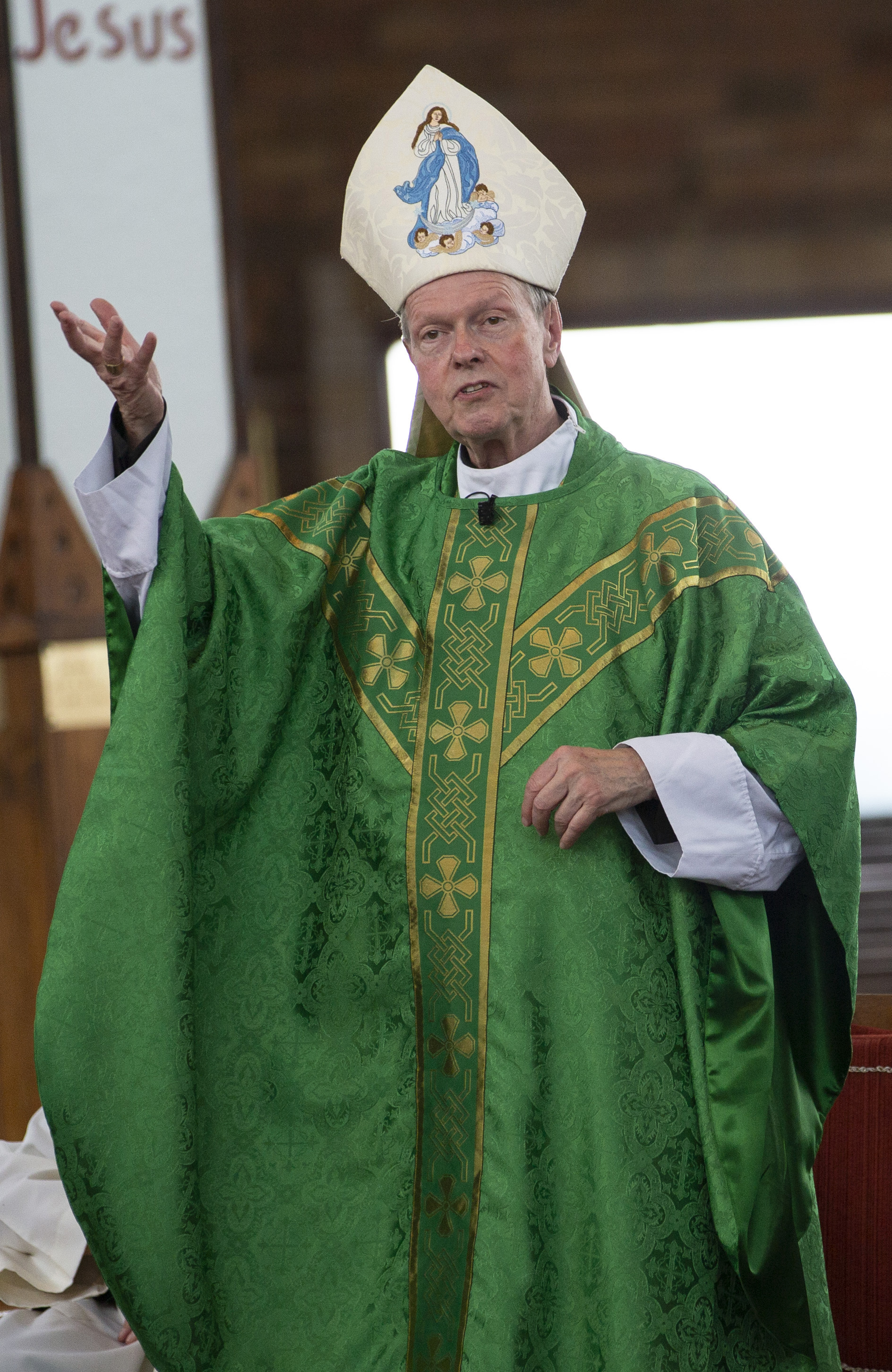April 6, 2018 at 1:53 p.m.
SEMESTER IN INDIA
Students discover beauty in 'poorest of the poor'
The "City of Joy" became a city of learning for two students from Siena College in Loudonville last semester.
Katie Vittengl of Saratoga Springs and Midhuna William of Springfield, N.J., spent several months living with a family in Calcutta, India, while teaching and caring for the poorest of the poor.
"We really had culture shock when we first arrived," noted Midhuna. Even though her parents are originally from southern India and she speaks the Hindi language, she said the trip was a life-changing experience for her.
"I never expected to see the things I saw," she admitted.
When Katie first arrived with her roommate, she found the poverty, noise and filth of the great city "overwhelming. There are people everywhere, families and children living right on the street. You see them wherever you go."
The two seniors traveled to India as part of an agreement between Siena College and the International Partnership for Service-Learning and Leadership, a not-for-profit group based in New York City that links volunteer service with academic study.
While in India, the young women continued their undergraduate studies at Loreto College, taking specialized classes in Indian history, morality, ethics, leadership and politics.
Care for dying
They visited various groups that care for the poor, taught English and mathematics to local students in an orphanage, and provided direct care to the terminally ill at "Kalighat," Mother Teresa's Home for the Destitute and Dying.
"We saw a lot there," Katie said of the latter. "This facility gives the hopeless and dying a place to die with dignity. We cared for these people. All of them were from the street and had no other place to go."
Both students said that working with these individuals gave them a deeper understanding of the human condition.
In addition, "we visited Mother Teresa's Orphanage, operated by the Missionaries of Charity of Calcutta. There are no skilled teachers at the orphanage, but they have lots of untrained volunteers," Katie said.
"There was no set curriculum, and each time we taught, there were different children of varying ages in the class," noted Midhuna -- adding that this is the way Mother Teresa designed the school.
"She didn't want it to become bogged down in curricula or bureaucracy," Midhuna explained.
New to school
The pair divided each class into two groups: children with no previous schooling and "advanced" students, who had already had some instruction. There were about two dozen children in each class.
With no guidelines, the young women stuck to the basics, reading from books or using whatever materials were available on a given day.
"Our big comfort was in knowing that most of these children would be adopted. Most would go on to be completely educated by their adoptive families," said Midhuna.
On the other hand, they found themselves worrying about all the children on the streets who had little hope of being adopted.
"We met a girl living on the street; there are so many homeless families and children there. She was about eight years old. Her father was a street sweeper. We got to know her over time and tried to convince her to come to the school," explained Katie.
Midhuna added: "It was very frustrating for us, because we thought she wanted to come; but, in order to get into the school, each student is required to present a certificate of birth. The little girl kept saying her father wouldn't want her to enroll.
"We finally figured out that she probably had no written proof of her birth. It was very sad."
Poorest of all
The students also took several trips to rural villages, where they saw firsthand the "poorest of the poor."
"It amazed us to see how simply these villagers live," Midhuna told The Evangelist. "Americans would consider them to be extremely poor, but they don't even know that they are poor. They were happy, but had no idea of their level of poverty. We don't have poverty like that here in the U.S."
Midhuna, who will be entering medical school next year, said she plans to study medicine so she can help people like the ones she cared for in India.
Katie is a biology major. She sees herself working in the healthcare field in the future, and hopes that she can do that in India.
She said that the city of Calcutta is challenged by extreme poverty, traffic congestion and overpopulation.
"How do you learn to love Calcutta? You learn to love it by getting to know the people. They are beautiful, warm, loving people," said Midhuna.
Katie recalled a man who informed her, "'I know it's dirty here, but once you lift up the dirt you see the beauty of this city.' He was right. Calcutta is called the 'City of Joy' for a reason -- that is, the beauty of the people.
"I'm definitely going back."
(The two students also spent an overnight in Nepal and visited the Taj Mahal. In Calcutta, their host family's home became their own: "They were so gracious to us," noted Midhuna. "It was like being at home." Learn more about the International Partnership for Service-Learning and Leadership at www.ipsl.org.)
(05/22/08) [[In-content Ad]]
MORE NEWS STORIES
- Gaza parish attack, Marian devotion & vocations, St. Thomas More exhumation | Week in Review
- Catholic “American Ninja Warrior” fighting world hunger, one obstacle at a time
- Washington Roundup: Trump’s Epstein fallout; Congress backs rescissions; IRS church policy shifts
- Amid tragic deaths, Opus Dei men recalled as prayerful, inspiring sons of God
- Bishop places restrictions on Catholic influencer accused of misconduct, pending investigation
- Court blocks WA mandatory reporter law over lack of confession protections
- World leaders ‘appalled’ by Gaza church attack, amid calls between Vatican, Tel Aviv and Washington
- Houses destroyed, church burnt: new wave of violence against Syrian Christians
- Israeli PM calls pope, who urged the leader to start negotiations, ceasefire
- Patriarchs’ message on Gaza visit: Gaza’s community will not be abandoned or forgotten







Comments:
You must login to comment.